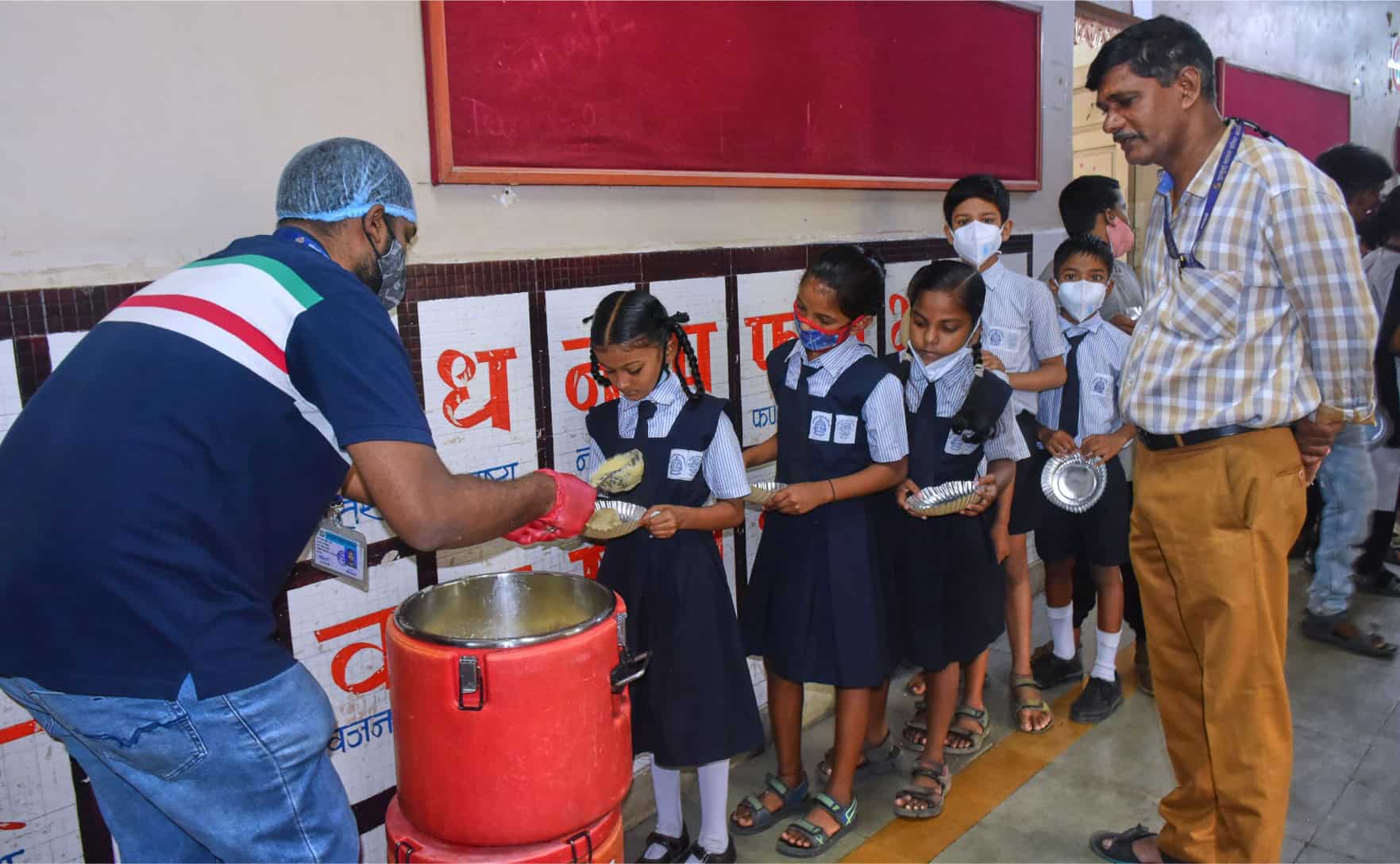Schools and students have a significant chance to make a substantial impact in a society where hunger and food waste are still significant problems. Beyond academics and extracurriculars, schools serve as community centers that can inspire action, teach empathy, and lead change. One impactful way they can do this is by getting involved in food donation initiatives.
Organizing donation drives, raising awareness, and building partnerships with local food banks, schools, and students can directly contribute to reducing food insecurity while promoting sustainability and community responsibility. By participating in school-led initiatives for food donation in Denver, students can play an active role in supporting local families while learning the value of community service and social responsibility. Here’s how—and why—students and educators should take part in this essential cause.
1. Why Food Donation Matters In Schools?
Hunger doesn’t stop at the school doors. Many students across the country experience food insecurity, often relying on school meals as their primary source of nutrition. At the same time, uneaten food from cafeterias, excess supplies from events, or unopened items from lunchboxes are often discarded.
This paradox creates an opportunity for action. Schools can implement food recovery programs to redistribute safe, untouched food to local food banks or shelters. These efforts not only support students in need but also benefit the broader community.
2. Organizing Food Drives That Make A Real Impact
One of the most accessible ways for schools to get involved is by organizing food drives. Student-led drives teach responsibility, teamwork, and leadership—all while serving a meaningful cause.
To make the drive more effective, schools can:
- Partner with local food banks to understand what items are most needed.
- Create themes (e.g., “cans for kindness week” or “holiday hunger drive”).
- Set goals and track progress to encourage participation.
- Offer incentives or recognition for classrooms or grades with the most donations.
Even a small collection can go a long way in helping families in the local community.
3. Reducing Cafeteria Waste Through Share Tables
Share Tables are a simple yet effective strategy that allows students to place unopened, uneaten food items—like milk cartons, packaged fruit, or snacks—on a designated Table during lunch. Other students who are still hungry can take these items, and any remaining food can be donated (where local regulations allow).
This technique guarantees that no student goes without enough to eat while simultaneously reducing food waste. Schools that implement share Tables often report improved awareness of food waste and increased student participation in helping others.
4. Starting A School Garden For Fresh Donations
For schools with the space and resources, starting a school garden is a wonderful way to teach students about agriculture, sustainability, and nutrition. It also offers a unique opportunity to donate fresh produce to local food pantries.
Students involved in growing fruits and vegetables gain hands-on experience and a deeper understanding of food systems. When they see their harvest help someone in need, it creates a powerful connection between learning and community service.
5. Incorporating Food Insecurity Into The Curriculum
Educators can take food donation one step further by incorporating lessons about hunger, food waste, and community support into subjects like science, social studies, and language arts. Students can research food insecurity statistics, write persuasive essays on the importance of food recovery, or develop service projects as part of their coursework.
This approach reinforces critical thinking, empathy, and civic engagement—qualities that extend well beyond the classroom.
6. Partnering With Local Organizations
To maximize impact, schools should build relationships with food banks, shelters, and hunger-relief organizations. These partnerships provide guidance on food safety, logistics, and community needs.
Local organizations can also offer guest speakers, field trips, or volunteer opportunities, helping students see the real-world effects of their efforts and encouraging lifelong community involvement.
Conclusion
When schools and students get involved in food donation, they create a ripple effect of positive change. They feed hungry families, reduce waste, and nurture a new generation of socially responsible citizens. Through small actions—whether collecting cans, growing gardens, or sharing lunch items—students can learn that they have the power to make a difference. Involving youth in food donation isn’t just about giving—it’s about learning, growing, and building a more compassionate and connected community.




